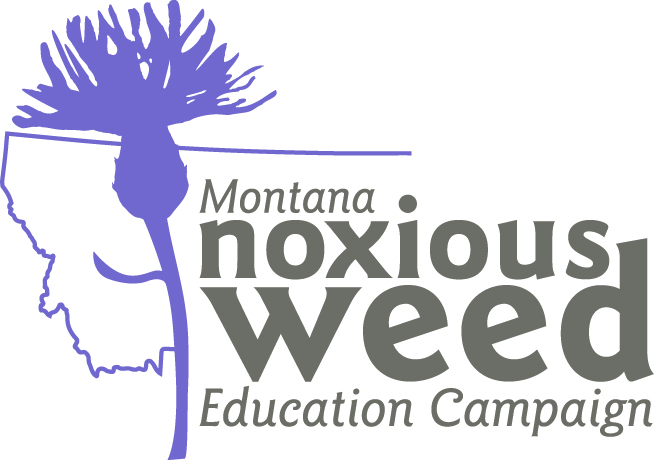Long-term Outcome of Leafy Spurge Integrated Management
by Jane Mangold, Extension Invasive Plant Specialist
Introduction
Leafy spurge is a widespread and difficult-to-control noxious weed in Montana. In 2002 MSU and Missoula County Weed District began a research project near Lolo, MT, that integrated herbicide and seeding to manage leafy spurge. Study plots were monitored for three years after treatment (2003-2005) and again 14 years post-treatment (2016), as detailed in the August 2016 weed post.
Materials and Methods
Three herbicide treatments [picloram (Tordon, 1 qt/A), imazapic (Plateau, 10 oz/A), and a non-sprayed control] were applied followed by application of six grass seeding treatments (bluebunch wheatgrass, big bluegrass, Great Basin wildrye, orchard grass, thickspike wheatgrass, and a non-seeded control). Treatments were applied fall 2002, and the area was fenced to exclude grazing by livestock and wildlife. Aphthona flea beetles had been released at the site and goat grazing occurred on all plots a couple years after they were established, but otherwise no additional treatments had been applied.
Results

Figure 1: Study site in 2002, shortly after treatments were applied. Figure 2 (below) shows its 14 year transition.

Figure 2: Study site in 2016, 14 years after initial treatment. Leafy spurge (yellow-green vegetation) declined over time while other species increased.
In the short-term, orchard grass, thickspike wheatgrass, and bluebunch wheatgrass established the best, followed by big bluegrass. Spraying prior to seeding increased grass abundance, and picloram and imazapic worked equally well. Spraying combined with seeding of bluebunch wheatgrass was particularly effective initially.
Fourteen years after treatment, bluebunch wheatgrass had become more abundant, producing 770 lb/A in 2016 compared to 215 lb/A in 2003. Orchard grass, thickspike wheatgrass, and big bluegrass decreased over time, and by 2016 produced only 9, 70, and 4 lb/A, respectively. By 2016 we could not detect an effect of herbicide on grass abundance. This study, along with others (September 2012 Weed Post PDF), shows bluebunch wheatgrass to be a strong long-term revegetation species.
Leafy spurge was reduced by integrating herbicide and seeding initially, but after 14 years it was unaffected by treatments. Instead, leafy spurge decreased across the study area. For example, leafy spurge in non-treated control plots comprised 55% of total biomass two and three years after treatment; leafy spurge comprised 30% of total biomass in the same plots 14 years after treatment. This study demonstrates that invasive plant populations fluctuate, sometimes even with minimal intervention.
While leafy spurge decreased over time, other weedy species like cheatgrass, Japanese brome, bulbous bluegrass, Canada bluegrass, spotted knapweed, and western salsify increased, especially in plots that were not seeded or seeded to grasses that did not establish well. Bluebunch wheatgrass reduced the abundance of these secondary invaders, for example their biomass totaled about 770 lb/A in non-treated control plots compared to 70 lb/A in bluebunch wheatgrass plots. This finding emphasizes the importance of fostering desired vegetation, which sometimes requires revegetation, to avoid one invasive plant being replaced by another.
Read more about this study in Rinella, Knudsen, Jacobs, and Mangold 2020 "Seeding Causes Long-Term Increases in Grass Forage Production in Invaded Rangelands" ScienceDirect Rangeland Ecology & Management, Volume 73
Further Information
For more information about this month's weed post, contact Extension Invasive Plant Specialist Jane Mangold. Past posts are available in the Monthly Weed Post Directory.
The October 2020 weed post is also available as a Printable PDF (1.6MB).


